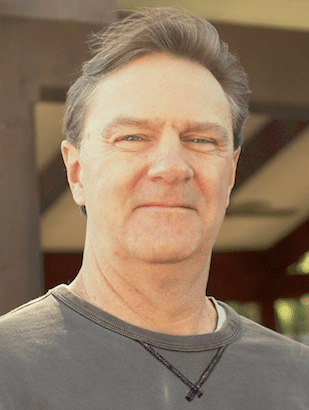Latest Anti-Nuclear Lawsuit Threatens Progress on California’s Clean Energy Goals
An agreement to pull the plug on the Diablo Canyon nuclear plant in San Luis Obispo County was settled in 2016. But plans to close it in 2025 were delayed last year when California was hit in the mouth with an extreme heat wave that threatened the power grid. The realists, or rather near-realists, felt it necessary to extend the life of the last surviving atomic energy facility in the state until at least 2030.
COMMENTARY
But unreasonable and impractical activists never go away.
Consequently, Friends of the Earth, an environmental group that isn’t on friendly terms with humanity, has filed a lawsuit to block the extension.

Diablo Canyon generates nearly 9% of the electricity used in California. If that power— 16,477 gigawatt hours—goes offline in two years, what will replace it? Solar? Wind? If so, both will have to be sharply expanded to make up for the loss. The former would have to grow from the 14.2% it generates now, including imports, while the latter would have to make a leap from the 11.4% it currently contributes to the state’s power mix. Only fanciful thinkers would expect that much growth in less than two years. From 2010 to 2021, California increased solar and wind generation capacity by only 3,444 gigawatt hours a year. At that pace, it will take about five years to replace the power lost by the retirement of the Diablo Canyon site.
This isn’t a complication caused by a lack of time to ramp up renewable projects. Senate Bill 100, which requires “renewable energy resources and zero-carbon resources” to provide “100% of retail sales of electricity” by 2045, was passed in 2018. Combined in-state solar and wind production the next year was 42,193 gigawatt hours, 21% of all in-state production. A year later, the numbers were 43,164 gigawatt hours and 22%. For 2021, the year for which the latest data are available, wind and solar combined for 48,433 gigawatt hours, not quite 25% of power produced in the state.
Officials knew throughout all these years that solar and wind would have to be increased sharply to meet the 2045 target. While there has been growth, it’s hard to argue the velocity of development is adequate, especially since in-state generation of large hydropower, a greenhouse gas emissions-free renewable source, fell from 16.5% in 2019 to just 6.2% in 2021.
Nuclear energy has a reputation for being dangerous, but it’s an exaggeration actively fed and perpetuated by environmental groups such as Friends of the Earth. It is one of the safest sources of energy. Nuclear’s death rate is 0.03 per terawatt hour of electricity production. Wind is responsible for 0.04 deaths per terawatt hour of electricity production, solar 0.02. Biomass, an acceptable renewable source in California, at 4.6 deaths per terawatt hour, is more than 150 times deadlier than nuclear.
Nuclear is also cleaner than wind and solar in terms of greenhouse gas emissions, which we’ve been told are an existential threat. It produces three tons of carbon dioxide equivalents per gigawatt hour of electricity, compared to four tons for wind and five for solar.
So why do environmentalists so zealously oppose nuclear power—one group estimates they spend about $1 billion a year on anti-nuclear campaigns—especially given their fear of CO2 emissions?
Author Michael Shellenberger, whom Time named one of its Heroes of the Environment in 2008, has suggested that going nuclear would mean that the other renewable sources would not be needed, that it threatens wind and solar power, which they think of as “natural” sources. Opponents also associate nuclear energy with nuclear arms. The fear is “a big rollout of nuclear power” would trigger “a big expansion of fissile materials that could be used for nuclear weapons.”
It’s not unreasonable to believe the left opposes nuclear because it has the potential to generate more energy than the degrowth eco-warriors are comfortable with. Cheap, plentiful energy is central to market-driven economic growth, so environmentalists, who tend to also be progressives and therefore favor central planning, by their nature disapprove of nuclear.
Trouble is, Sacramento is lousy with environmentalist groups that pressure lawmakers to pass policies that are certain to constrain energy production. Yes, there’s a growing number of pragmatists in the green community who have changed their minds and now promote nuclear, but there aren’t enough of them in California.
—Kerry Jackson is a fellow with the Center for California Reform at the Pacific Research Institute.